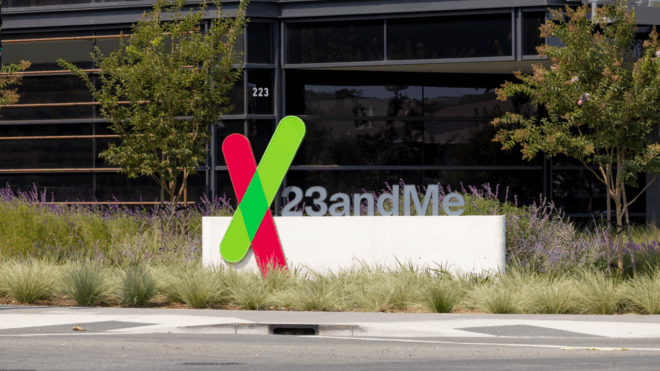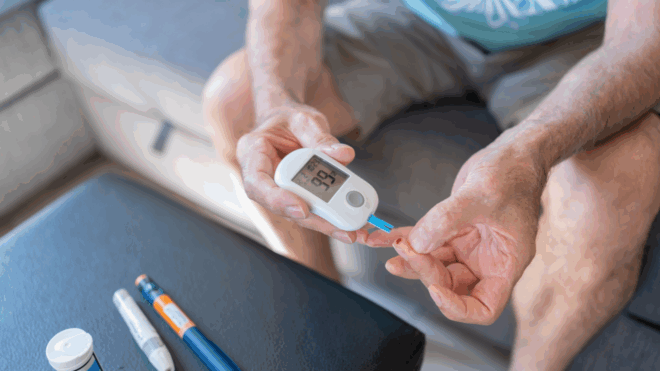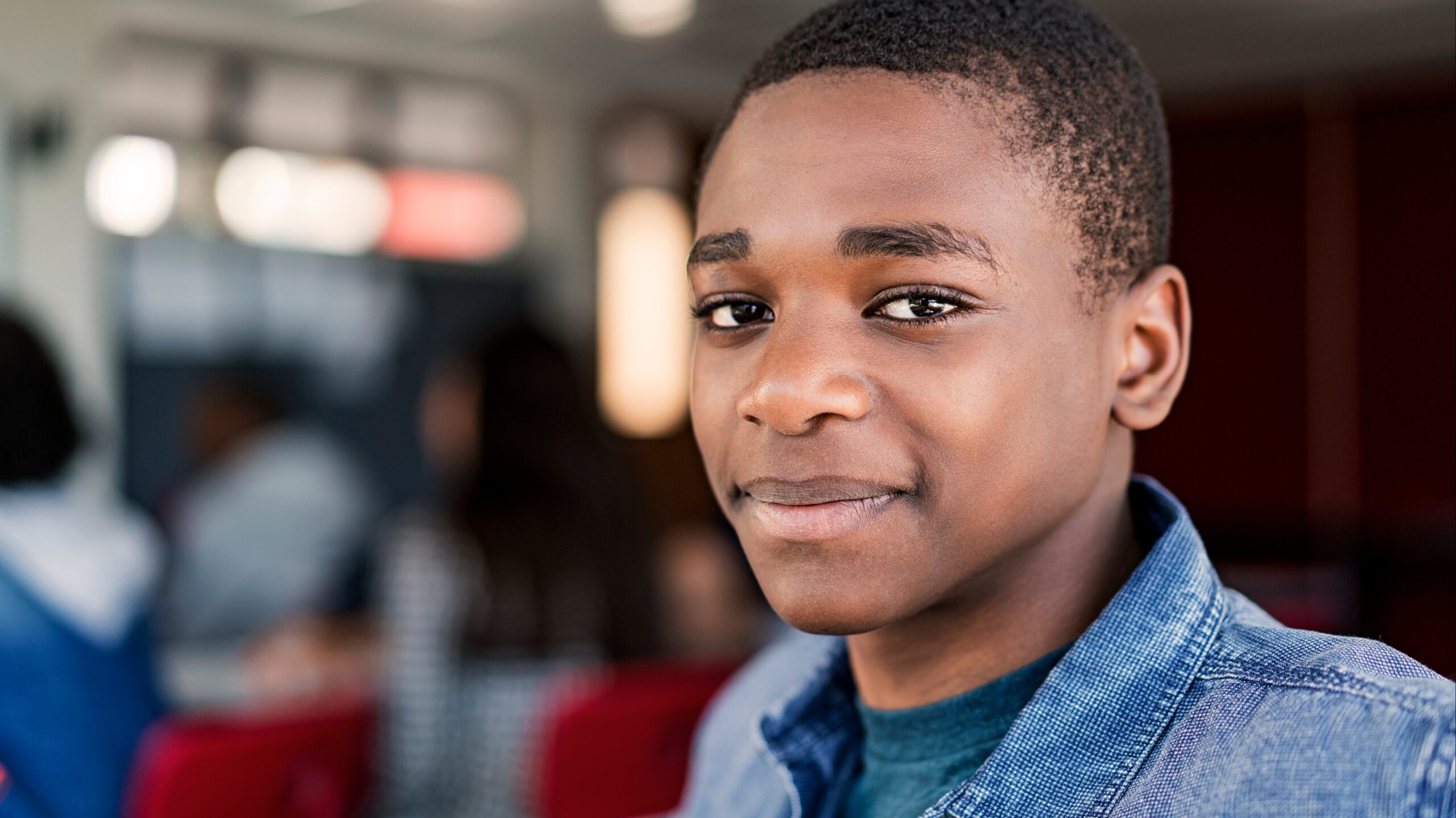
The term “trauma” is frequently associated with abuse, medical issues, childhood, violence, and bullying, to name a few. Racial trauma is often overlooked. Mental Health America states, “Racial trauma, or race-based traumatic stress (RBTS), refers to the mental and emotional injury caused by encounters with racial bias and ethnic discrimination, racism, and hate crimes. Any individual that has experienced an emotionally painful, sudden, and uncontrollable racist encounter is at risk of suffering from a race-based traumatic stress injury. In the U.S., Black, Indigenous People of Color (BIPOC) are most vulnerable due to living under a system of white supremacy.”
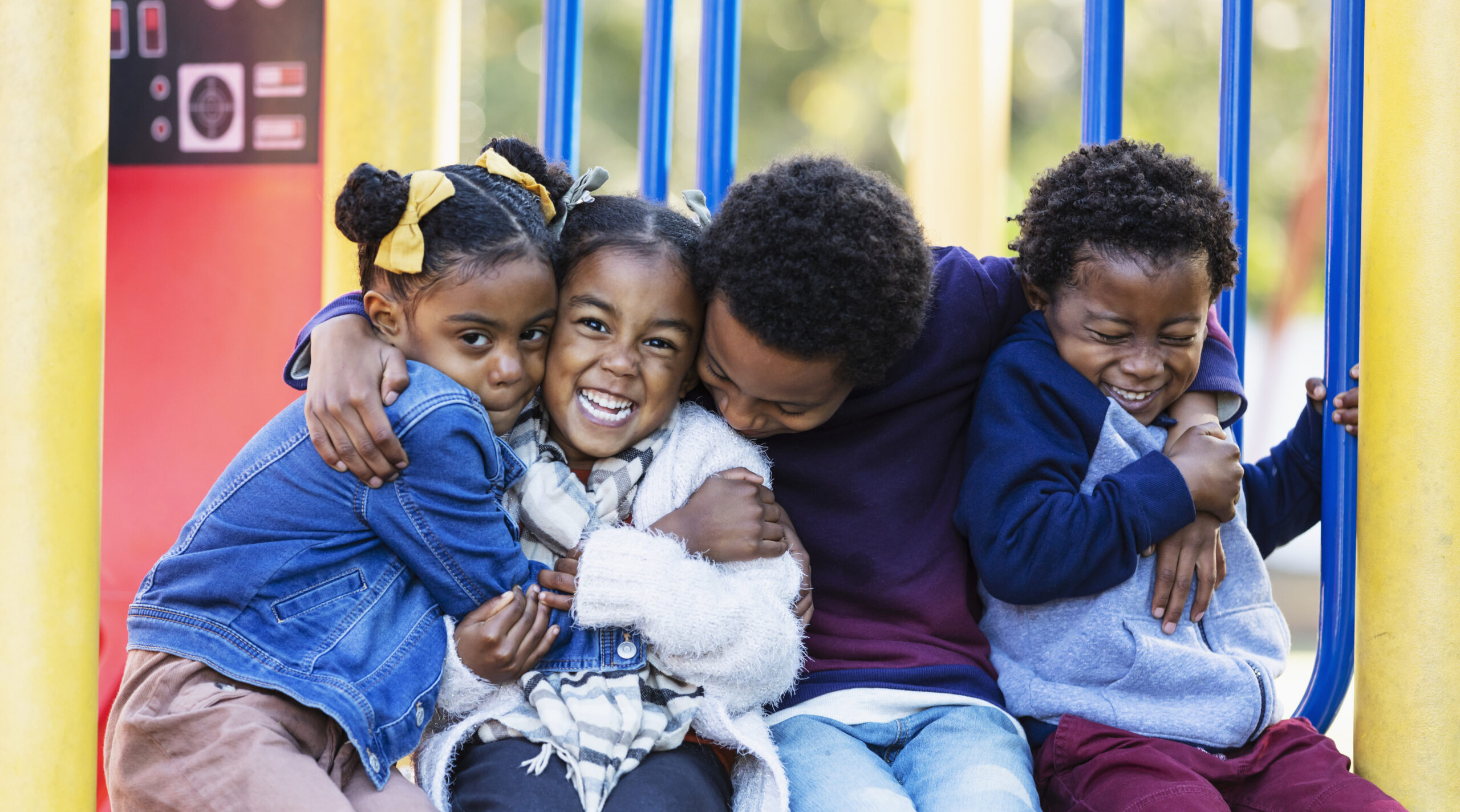
Michelle Felder, LCSW, MA, a parenting and child development specialist at Parenting Pathfinders, Inc., tells LittleThings, “One of a parents’ most natural instincts is to keep their child safe, and one of the toughest parenting pills to swallow is knowing that we won’t always be able to. But for the parents of children that are Black, Indigenous, and People of Color (BIPOC), the stress that results from wondering if your child will be safe as they exist within a society imbued with racism is an additional burden to bear. And adults aren’t the only ones carrying the emotional load that results from racism — children are, too.”
Felder explains, “Being repeatedly exposed to racism leads to the development of racial trauma, which is a term used to describe the mental, emotional, physical, and intergenerational harm that experiencing or witnessing racism can have on those that are BIPOC. Racism can be an unpredictable lifelong experience, and enduring it takes a toll on one’s overall well-being and quality of life.”
She notes, “Children are particularly susceptible to racial trauma because they tend to possess few coping skills for managing stressful events. Additionally, their brains are still developing, and it’s more difficult for them to understand the complexities of racism; as a result, racism and discrimination tend to be internalized as reflections of who they are, as opposed to a reflection of greater societal ills. But once the symptoms of racial trauma are recognized, parents and caregivers can have a huge impact on their child’s ability to cope with it and heal from it.”
Parents can learn the signs and symptoms of racial trauma to help their children. Felder notes, “Every child is different, and how trauma is expressed can be as personal as how it’s experienced, but what’s key to look out for are changes in your child's typical behaviors and whether these changes are negatively impacting their functioning day-to-day.”
Felder shares common symptoms of racial trauma:
- Disrupted sleep patterns
- Changes in appetite
- An increase in generalized or targeted anger
- Feeling numb or seeking to numb feelings
- Increased anxiety (e.g., a rise in feelings of worry, fear, or doubt)
- Hypervigilance (e.g., always feeling “on” and in anticipation of potential threats)
- Increased reactivity (e.g., intense emotional reactions to seemingly minor things or being more easily triggered)
- Dissociation (e.g., feeling disconnected from your body and surroundings)
- Difficulty concentrating
- Intrusive thoughts (e.g., recurring thoughts of a traumatic event)
- Physical pains (e.g., headaches, chest pains, stomachaches)
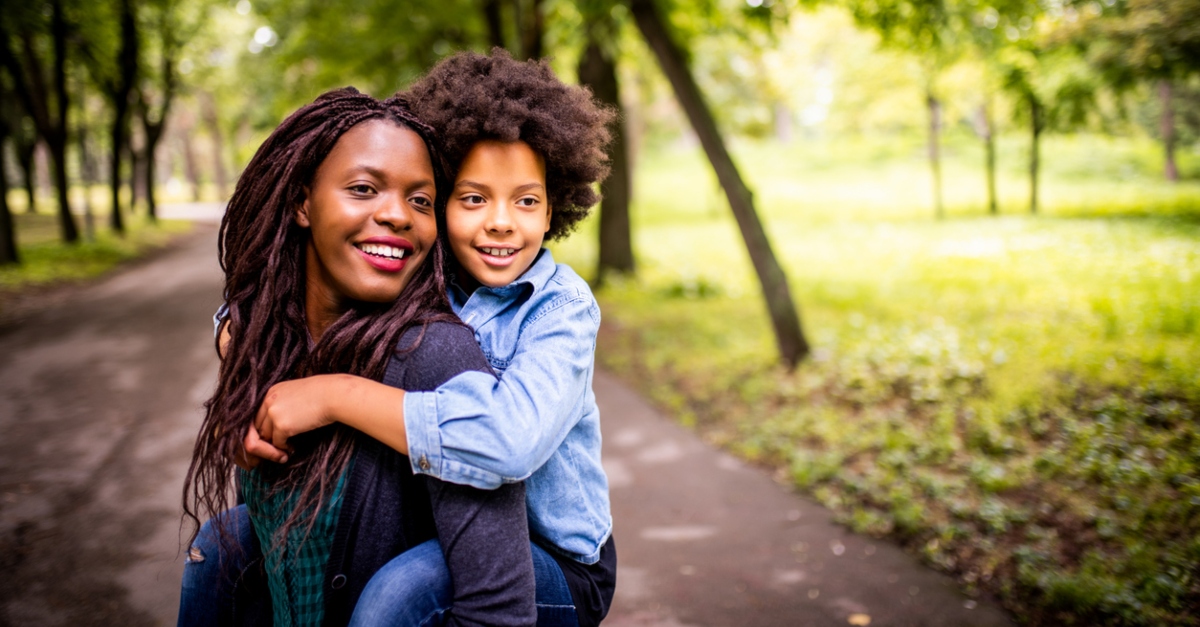
She stresses, “Children may show one or a combination of many symptoms, and these changes can be present in one or across multiple environments. Unfortunately, it’s common for the signs of racial trauma to be mistakenly dismissed as character flaws, attitude problems, or due to hormonal changes, but we must consider the role that racism plays when BIPOC children present with these symptoms.”
Once racial trauma is recognized, parents and caregivers can help their children cope and begin to heal. Felder says, “Racial trauma has no clear beginning and no foreseeable end, and the ongoing nature of this experience makes it necessary to continuously utilize coping tools and strategies to minimize its impact. Healing from racial trauma is a journey, and for parents and caregivers who are also BIPOC, this journey is likely to be a process of healing alongside their child.”
Felder shares 8 ways to help children cope with racial trauma:

Create space for their feelings to be expressed.
“Consistently create space for kids to share what’s on their mind and in their heart, and encourage them to share how they feel with other people in their community that they trust, e.g., a friend, teacher, coach, or family member,” Felder says.
Be willing to talk about what hurts.
“Children can handle conversations about racism, and there’s always an age-appropriate way to talk about it; we can’t work through the effects of racism if we don’t acknowledge all the ways that it exists,” Felder says. “The more open and honest we are with our kids, the more likely they are to come to us with the things that are weighing on them. And when we’re willing to talk about tough topics, we open the door for our kids to be able to talk about them too.”

Tell stories.
“Share stories of joy, resilience, and hope, and offer examples of how your family members or other BIPOC individuals and communities have triumphed in the face of adversity,” Felder says. “Every family has strengths, and sharing your family’s strengths through stories can be an empowering experience for your child.”
Go to therapy.
“Seeking the support of a trauma-informed mental health professional can be incredibly beneficial in helping kids to develop and utilize coping skills to manage their symptoms of racial trauma,” Felder says.
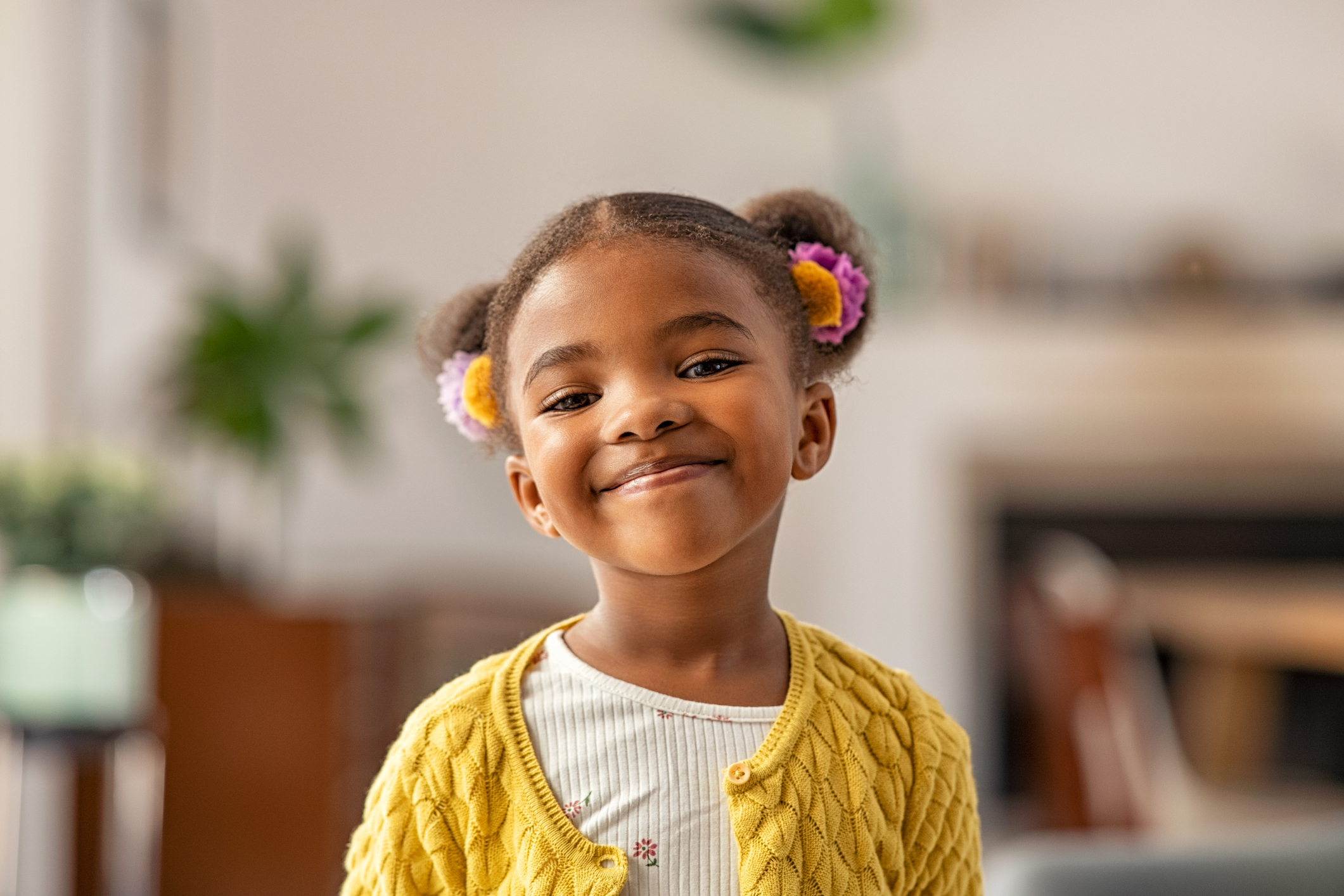
Practice mindfulness.
“Practicing mindfulness can help children focus more on the present moment and improve their ability to respond intentionally to triggering thoughts or difficult experiences,” Felder says. “Body scan meditations, practicing yoga, concentrating on their available senses, and breathing exercises are a few mindful strategies that can be grounding and healing for kids.”
Identify safe havens.
“Support your child in identifying a space that can be a refuge for them; it could be a calming corner, feelings bin, a quiet room at home, or a special place in your community,” Felder says. “Be sure that this is somewhere that’s readily accessible to them, and be intentional about creating opportunities for them to spend time there.”
Develop a practice of self-care.
“Supporting kids in identifying what they can do to help themselves feel good, loved, and taken care of — and then consistently engaging in these activities — can soothe the symptoms of racial trauma,” Felder says. “Self-care doesn’t need to be costly or elaborate; simple acts that they delight in like drawing, playing a game, going on a walk, or writing in a journal can help create a sense of calm that can be healing.”
Unplug.
“Be intentional about limiting their exposure to videos and images of violent acts against BIPOC individuals and communities,” Felder says. “If the TV or radio is on in the background, be mindful of what’s being played, and for older kids, set boundaries around how much social media they consume. It’s easy to become inundated with images of oppression if we aren’t mindful.”
Those who don’t endure racial trauma can help as well. “It’s imperative to acknowledge the experiences of those that do,” Felder says. “Learn about how racism negatively impacts various facets of people’s lives and commit to doing something about it every chance you get. Being dedicated to learning and unlearning, critically reflecting on your privilege, offering your time and money to aid organizations that help to heal BIPOC communities, and being intentionally anti-racist are the most supportive things to do.”

